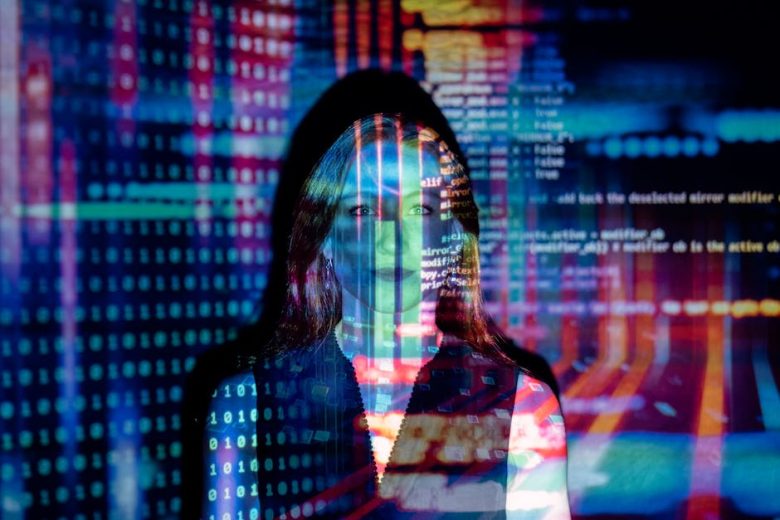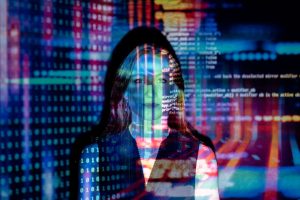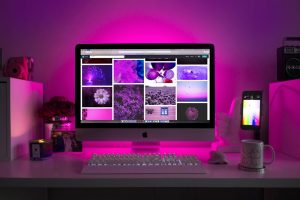In recent years, the rise of artificial intelligence has revolutionized various fields, including the world of art. AI art generators have gained popularity for their ability to produce stunning visuals in a matter of seconds, while traditional art techniques, honed over centuries, continue to be celebrated for their depth and emotional resonance. This article explores the merits and drawbacks of both approaches, providing insight into how they compare and contrast in the modern artistic landscape.
As technology advances, artists find themselves at a crossroads between embracing new tools and preserving age-old methods. AI art generators utilize algorithms and machine learning to create images based on input data, often resulting in unique and unexpected outcomes. Conversely, traditional art techniques, such as painting, drawing, and sculpture, rely on the artist’s skill, intuition, and personal expression. This juxtaposition raises important questions about creativity, authenticity, and the role of the artist in the digital age.
One of the most significant advantages of AI art generators is their ability to produce artwork quickly and efficiently. Artists and designers can generate multiple variations of a concept in mere minutes, allowing for rapid prototyping and experimentation. This speed can be particularly beneficial in commercial settings, where time constraints often dictate the creative process. Additionally, AI tools can provide inspiration and serve as a starting point for artists looking to break through creative blocks or explore new styles.
On the other hand, traditional art techniques offer a tactile and immersive experience that AI cannot replicate. The physical act of painting or sculpting engages the artist’s senses and emotions, fostering a deeper connection to the work. Traditional methods also allow for the exploration of texture, materiality, and technique, which can imbue a piece with a sense of history and authenticity. Many art enthusiasts argue that the human touch is irreplaceable, as it conveys the artist’s intent and emotional journey in a way that AI-generated art may lack.
Another important aspect to consider is the role of creativity and originality. AI art generators operate based on existing data, often remixing and reinterpreting existing styles and images. While this can lead to innovative results, it raises questions about authorship and the originality of the work produced. Traditional artists, in contrast, draw from their unique perspectives and experiences, crafting pieces that reflect their individual voices. This notion of originality is a cornerstone of the art world, prompting debates about the value of AI-generated art in comparison to human-made creations.
Lastly, the accessibility of both approaches plays a crucial role in their adoption. AI art generators can democratize art creation, allowing individuals without formal training to produce visually appealing works. This accessibility can empower a new generation of artists and encourage creative expression across diverse demographics. However, traditional art techniques often require time, practice, and dedication to master, which can be a barrier for some aspiring artists. The challenge lies in balancing the accessibility of AI tools with the rich traditions and skills associated with traditional art forms.
In conclusion, both AI art generators and traditional art techniques offer unique benefits and challenges that cater to different aspects of the artistic experience. While AI can enhance creativity and streamline the artistic process, traditional methods provide depth, emotional connection, and a sense of authenticity. As technology continues to evolve, the future of art may lie in a harmonious blend of these approaches, where artists leverage AI tools while maintaining the essence of their creative practice.
Ultimately, the choice between AI-generated art and traditional techniques is not merely a matter of preference but reflects broader questions about the nature of creativity, originality, and the evolving role of the artist in a rapidly changing world. As we navigate this artistic landscape, it is essential to appreciate the value that both approaches bring to the table, fostering a diverse and inclusive art community that celebrates innovation while honoring tradition.



